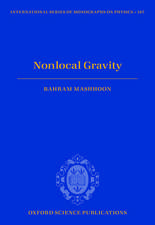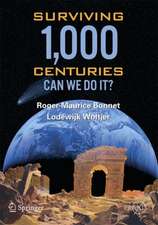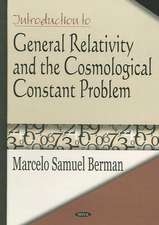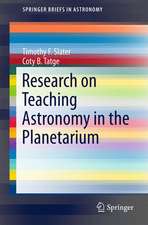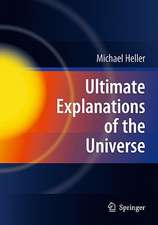Trends in Dark Matter Research
Editat de J. Val Blainen Limba Engleză Hardback – 3 iul 2005
Preț: 1084.98 lei
Preț vechi: 1483.64 lei
-27% Nou
Puncte Express: 1627
Preț estimativ în valută:
207.64€ • 215.98$ • 171.42£
207.64€ • 215.98$ • 171.42£
Carte disponibilă
Livrare economică 24 martie-07 aprilie
Preluare comenzi: 021 569.72.76
Specificații
ISBN-13: 9781594542480
ISBN-10: 1594542481
Pagini: 227
Ilustrații: charts
Dimensiuni: 188 x 262 x 21 mm
Greutate: 0.74 kg
Ediția:New.
Editura: Nova Science Publishers Inc
ISBN-10: 1594542481
Pagini: 227
Ilustrații: charts
Dimensiuni: 188 x 262 x 21 mm
Greutate: 0.74 kg
Ediția:New.
Editura: Nova Science Publishers Inc
Cuprins
Preface; Modification of the Field Theory and the Dark Matter Problem; The Hypothesis of Scalar Field Dark Matter: The Cosmological Evolution Challenge; Analytical Methods for the Formation of Dark Matter Haloes; Dark Matter as a Quantum Foam In-Flow Effect; Scalar Field as Dark Energy and Machina Cosmological Solution in the Generalised Scalar-Tensor Theory of Gravitation; Dark Matter and Dark Energy Production in Quantum Model of the Universe; HI Shells as Tracers of the Dark Matter Distribution; Index.

